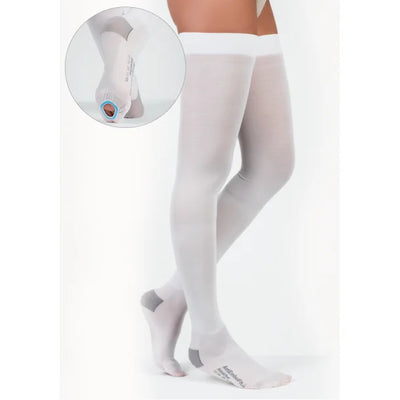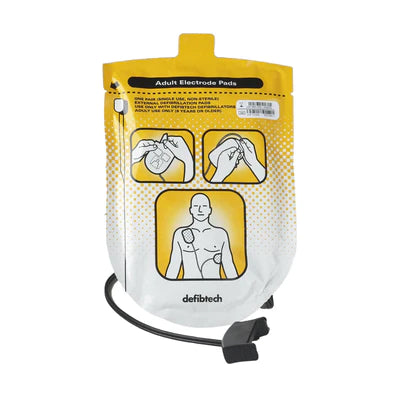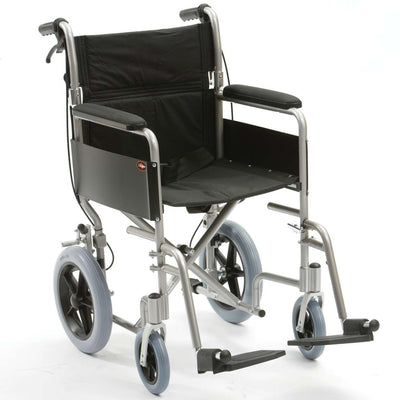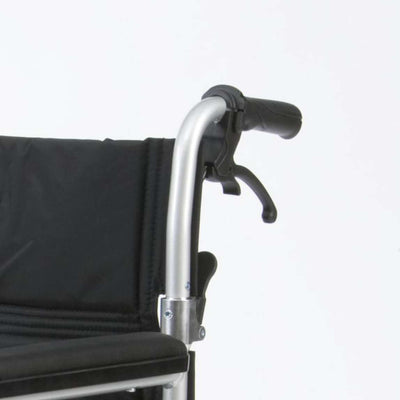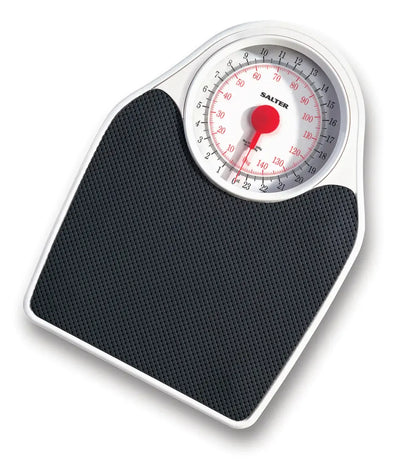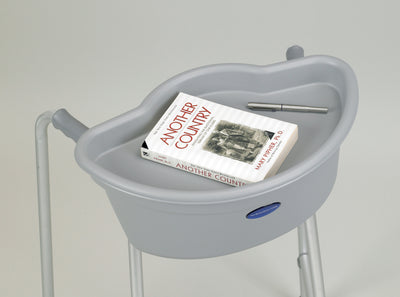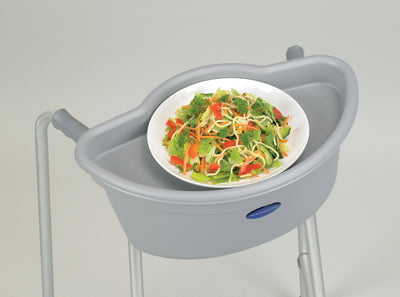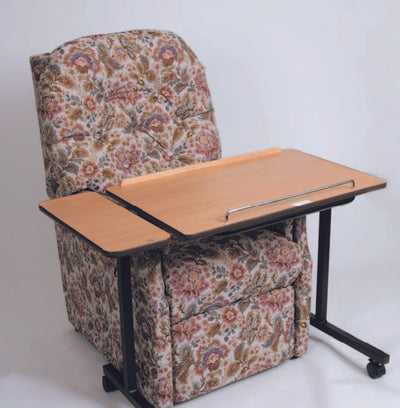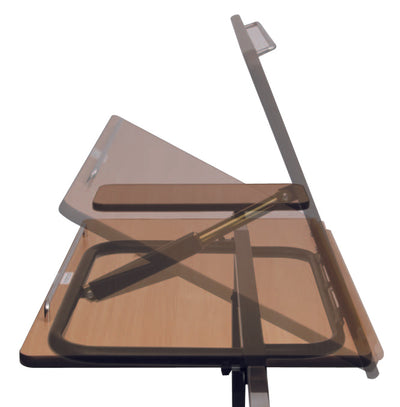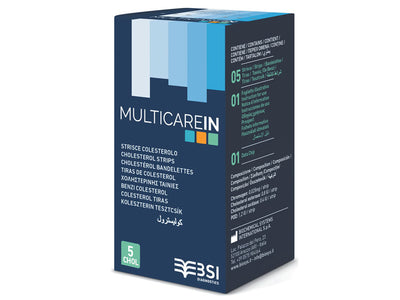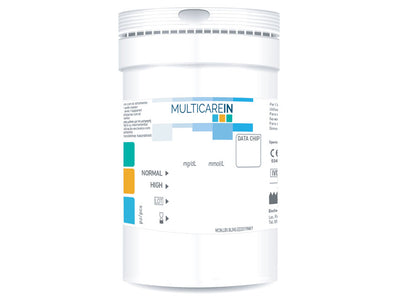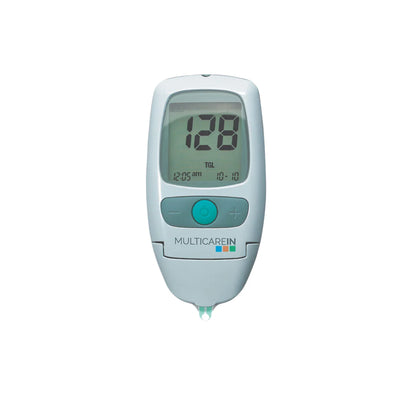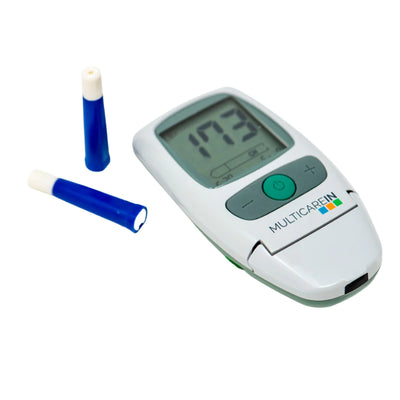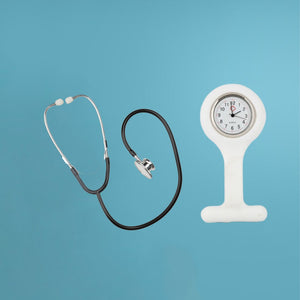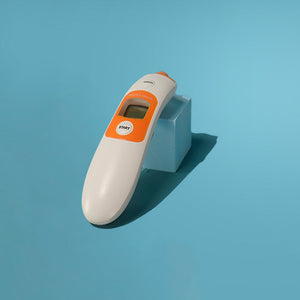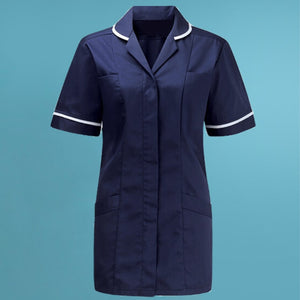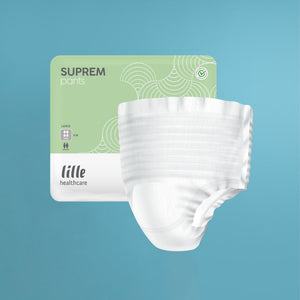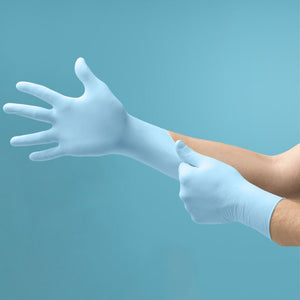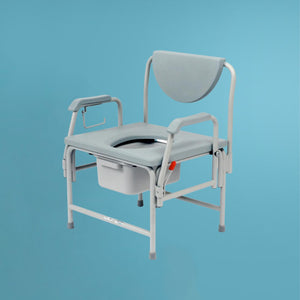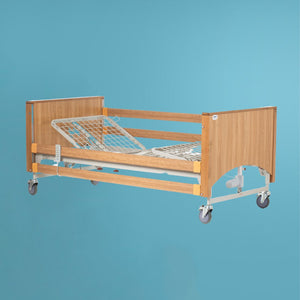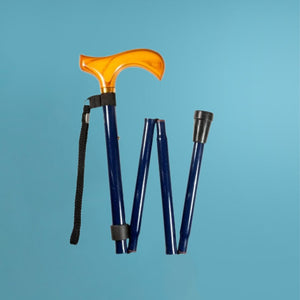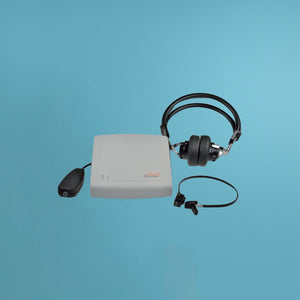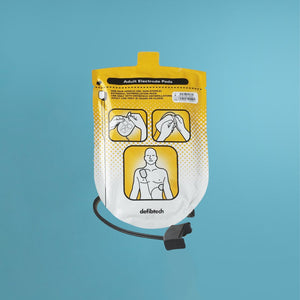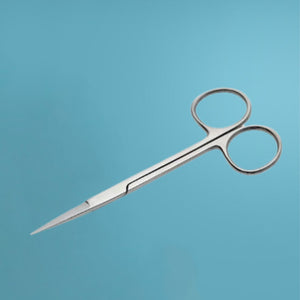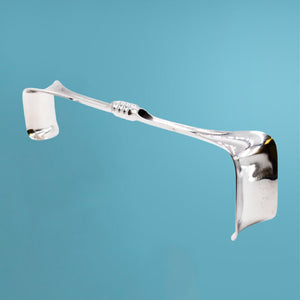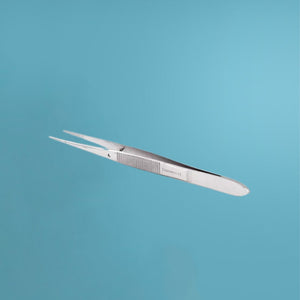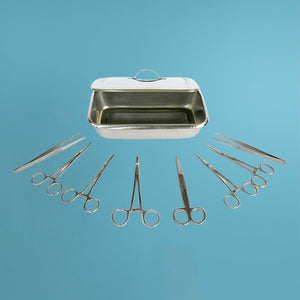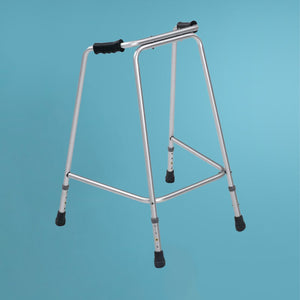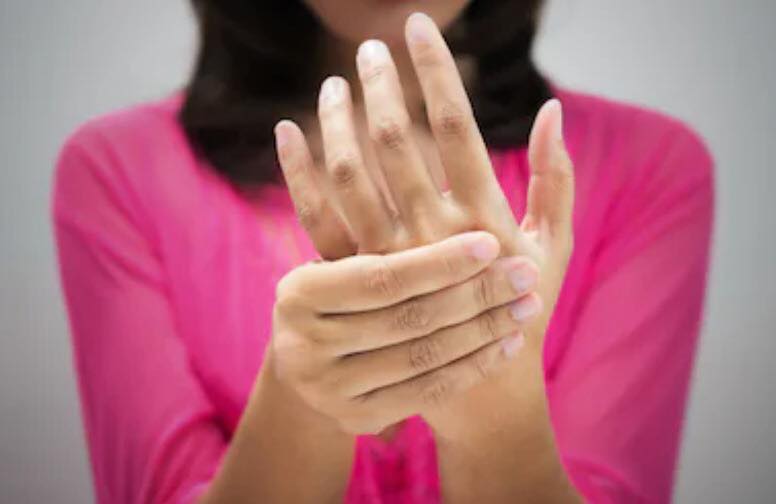How to manage an arthritis flare up
When arthritis flares up, it can put the brakes on normal everyday life. Pain increases, mobility decreases and you can be left feeling too exhausted to get out of bed in the morning, let alone cope with daily chores and work. Flare ups can last for anything from a couple of days, to weeks and even months. So, it's good to be able to spot the signs that one could be imminent. Try some of these planning tips to be better prepared for what's ahead so you can deal with the pain and manage your days until it subsides.
Look out for the signs
The longer you live with your arthritis the more predictable it might become. Over time you might begin to notice that if you have a particularly strenuous day, then the following day or two might result in swollen, stiff and sore joints. Be ready to manage these predictable flare ups with some good planning/diary management - plan your strenuous days around days you know you will be able to rest up some more. Make sure you have sufficient supply of the painkillers and pain management tools you regularly use.
Keeping a health diary is also a good tactic. While it is tricky to predict those unexpected flare ups, a diary could help you to pay attention to early warning signs like aching hands, lack of sleep etc so you can be more prepared for when the flare up happens.
Keep healthy
Living with an autoimmune disease, and taking prescription medicines on a daily basis, means you will most likely have a compromised immune system. Your defenses against viruses and bacteria will be lower and therefore you're more prone to infections which can trigger an arthritis flare up. Simple things like washing your hands regularly with good soap and water or an anti bacterial gel if you're out and about can help keep you free from germs, as can avoiding close contact with others and not sharing food/drinks.
Use Heat and Cold
Hot and cold compresses (like these hot and cold shoulder and knee/ankle wraps) can help ease the pain of an arthritis flare. Heat soothes joint pain by increasing blood flow to the painful area and relaxing the muscles. Cold eases inflammation by constricting the blood vessels. Both treatments should be done for no more than 15 minutes at a time, two to four times a day.
Rest... and keep active!
Yes, you need to do both! While the best thing you can do for your arthritis is to keep moving, if you are experiencing a flare, sometimes the best thing you can do for your arthritis is rest and allow your body to recharge. It's all aboutf finding the right balance between activity and rest that works for you and your body.
Rest does not mean stop moving. When you stop moving your joints will stiffen up and you'll start to lose your range of movement very quickly. Keep doing simple stretches if you can, walk or maybe swim if you can. If getting out of your chair is too hard then do something simple like slowly raising and lowering your legs while seated comfortably. Just be sure to pace yourself and don't overdo it. If something causes you more pain, stop immediately.
Plan ahead with your Consultant
Your GP and hospital consultant are your allies in your battle against these flare ups. Make sure that you set out together to keep your disease in check and your symptoms at bay. But when a flare strikes, your prescribed treatments may not be enough. Talk to your doctor about a plan of action should a flare occur, such as making adjustments to your medications temporarily or adding an additional medication to treat the acute symptoms.
Need more support with household items to support you and your arthritis? We're always here to help.
For all your Medical and Homecare supplies give us a call at Mediworld.
We have over 40 years experience in medical, surgical and home health supplies and we're always on hand to chat if you need support or advice. Follow us on Twitter and Facebook.

